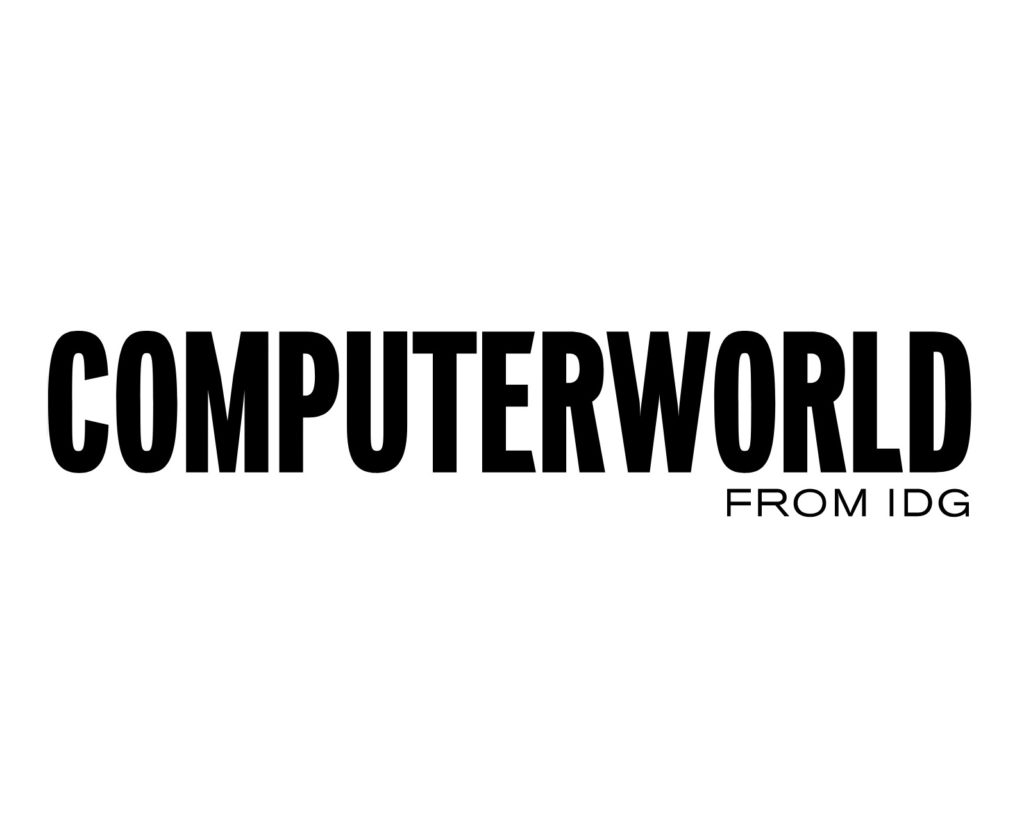We’re in the “iPhone moment” for generative AI, with every company rushing to figure out its strategy for dealing with this disruptive technology.
According to a KPMG survey conducted this June, 97% of US executives at large companies expect their organizations to be impacted highly by generative AI in the next 12 to 18 months, and 93% believe it will provide value to their business. Some 35% of companies have already started to deploy AI tools and solutions, while 83% say that they will increase their generative AI investments by at least 50% in the next six to twelve months.
Companies have been using machine learning and AI for years now, said Kalyan Veeramachaneni, principal research scientist at MIT’s Laboratory for Information and Decision Systems, which is working on developing custom generative models to use for tabular data. What’s different now, he said, is that generative AI tools are accessible to people who are not data scientists.
According to a recent study by analyst firm Valoir, 40% of the average workday can be automated with AI, with the highest potential for automation in IT, followed by finance, operations, customer service, and sales.
It can take years for enterprises to build their own generative AI models and integrate them into their workflows, but one area where generative AI can make an immediate and dramatic business impact is when it’s embedded into popular productivity apps. According to David McCurdy, chief enterprise architect and CTO at Insight, a Tempe-based solutions integrator, 99% of companies that adopt generative AI will start by using genAI tools embedded into core business apps built by someone else.
Microsoft 365, Google Workspace, Adobe Photoshop, Slack, and Grammarly are among the many popular productivity software tools that now offer a generative AI component. (Some are still in private beta testing.) Employees already know and use these tools every day, so when the vendors add generative AI features, it immediately makes the new technology widely accessible.

